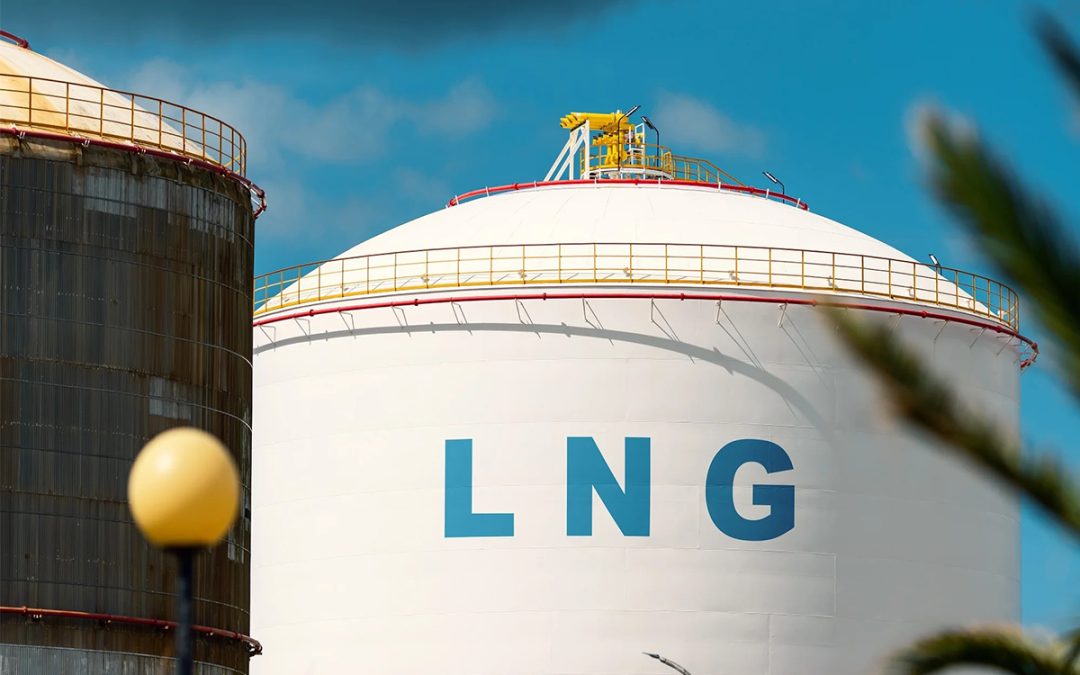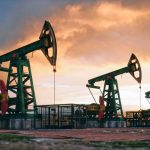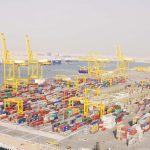Furetank has completed its first bunkering of 200 tonnes of ISCC certified Bio-LNG, in collaboration with environmental commodity trader STX Group and Molgas. As tanker vessel Fure Viken embarks on its next journey powered by a fuel solution rapidly gaining traction, Furetank recognizes competitive advantages in heightened EU environmental requirements.
Anchored outside Mongstad, Norway, Fure Viken received a Bio-LNG bunker delivery which helps Furetank comply with the new FuelEU Maritime Regulation, requiring a two per cent reduction in the greenhouse gas intensity of vessel fuel by 2025.
A new path in the green transition
Bio-LNG is a mass balanced product where biomethane of certified origins is purchased and injected into the gas grid, while the corresponding amount of gas is withdrawn from the grid and liquefied into Maritime fuel. The new regulation makes no distinction between mass balanced and off-grid produced biomethane. This opens up a new path for shipping in the transition to renewable energy, surpassing some of the hurdles of lack in biomethane supply and delivery infrastructure.
– We used biomethane of the highest environmental standard available in the market. This transaction marks a milestone in our transition to clean fuels, while also supporting European agriculture and biogas production. Furetank has worked for several years with fuel suppliers and ports to realize larger-scale liquefied biogas deliveries on several European destinations. This is a very positive development, said Furetank CEO Björn Stignor.
STX Group and Molgas have collaborated to source, liquify and deliver the ISCC certified Bio-LNG, fully recognized under the EU Renewable Energy Directive (REDII). It is the first time that Molgas has delivered mass balanced Bio-LNG bunker to a Maritime customer in Norway.
– We see a growing demand and interest in Bio-LNG, as it is one of the few renewable fuel solutions currently available in shipping. For this operation, we collaborated to prove a mass-balanced biomethane delivery and certify the entire supply chain. This new option strengthens the competitiveness of biomethane as part of the green transition. We hope that public policy will further support renewable fuels, as we at Molgas are ready to provide it to our maritime customers, said Gunnar Helmen, Director Marine at Molgas Nordics.
Gas propulsion benificial
Gas propulsion benefits the replacement of fossil fuels, since the methane molecule is the same regardless of its origin, whereas liquid fuels have different physical properties. They can be blended to a limited extent and impose varying requirements on engines.
Environmental commodity trader STX Group sees the transaction as one of the first signs of a new fuel market being born.
– Bio-LNG is an efficient answer to FuelEU Maritime: a market-based regulation which rewards those who blend in biofuels and penalizes those who don’t. Together with the EU ETS it builds a business case for renewable fuels. This transaction is proof of how Bio-LNG can be a powerful tool when lowering emissions from the transport sector”, said Sead Keric, Managing Partner of Renewable Gas at STX Group.
“Brings competitive advantages”
Furetank recognizes Fuel EU Maritime as a positive incentive to reduce emissions from shipping, and now hopes that the IMO will implement a similar regulation for all member states for a globally equal maritime market.
– This bunkering is a major step on Furetank’s journey towards carbon neutrality. We are happy to take part in paving the way for larger volumes and easier access to biomethane as a maritime fuel. This is what we have long advocated for to policymakers: to raise environmental requirements and connect them to economic incentives. It brings competitive advantages for our energy efficient duel fuel Vinga vessels, already running on a cleaner fuel than conventional gasoil, said Viktoria Höglund, Sustainability Strategist at Furetank.
FuelEU Maritime sets maximum limits for the yearly average greenhouse gas (GHG) intensity of the energy used by ships above 5,000 gross tonnage calling at European ports. Targets will ensure that the greenhouse gas intensity of fuels used in the sector will gradually decrease over time, starting with a 2% decrease by 2025 and reaching up to an 80% reduction by 2050. The targets cover not only CO2 but also methane and nitrous oxide emissions over the full lifecycle of the fuels used onboard, on a Well-to-Wake (WtW) basis.
Source: Furetank






